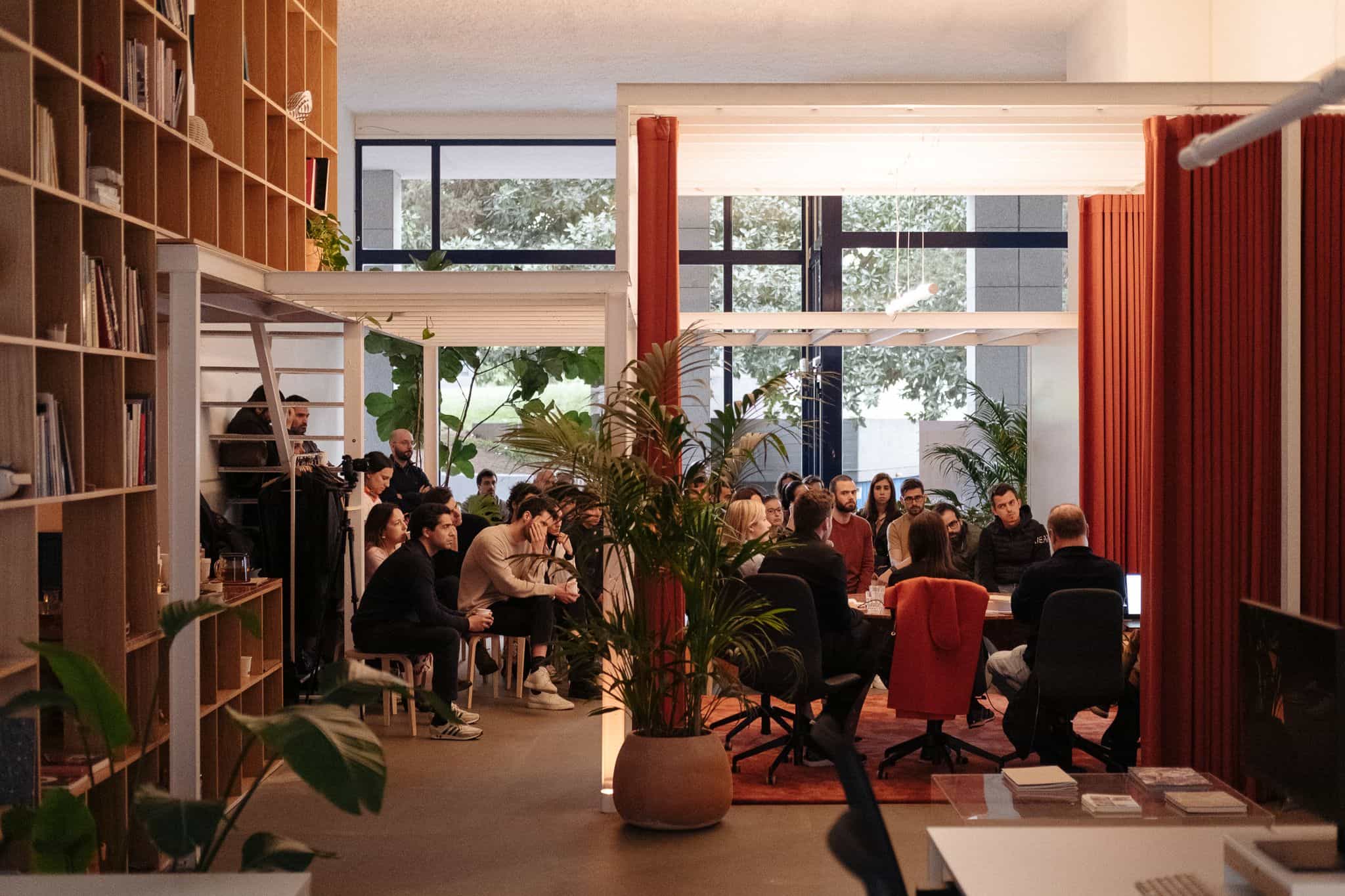
The event “Building for a Sustainable Future: Eco-consciousness in Architecture” aimed to discuss important topics related to regenerative architecture and construction and environmental genesis. The event was open to all interested parties and had a panel of speakers, including Adrian Krężlik, Carla Malta Pires, João Castelo Branco, and Miguel Veríssimo, with moderation by Architect Sara Nunes.
The topics discussed included regeneration and decarbonisation in the construction sector, energy efficiency, urban practices and strategies, social inclusion, and ecology and the environmental framework. The goal was to promote the opportunity to bring together the architecture and construction community to discuss practical solutions that prioritize environmental, social, and economic regeneration for a better future.
Missed our 1st session? Check out our reading list to catch up on all the topics:
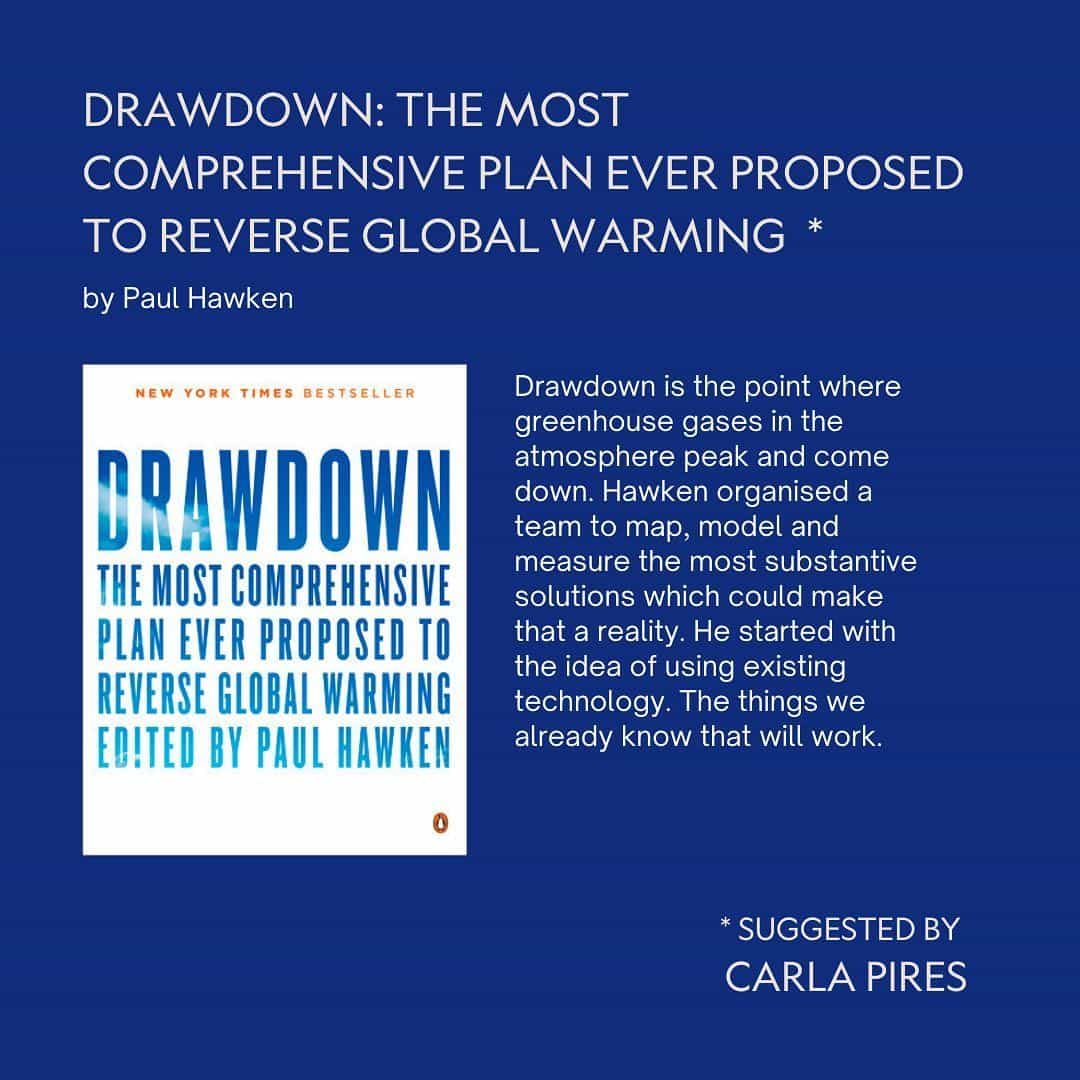
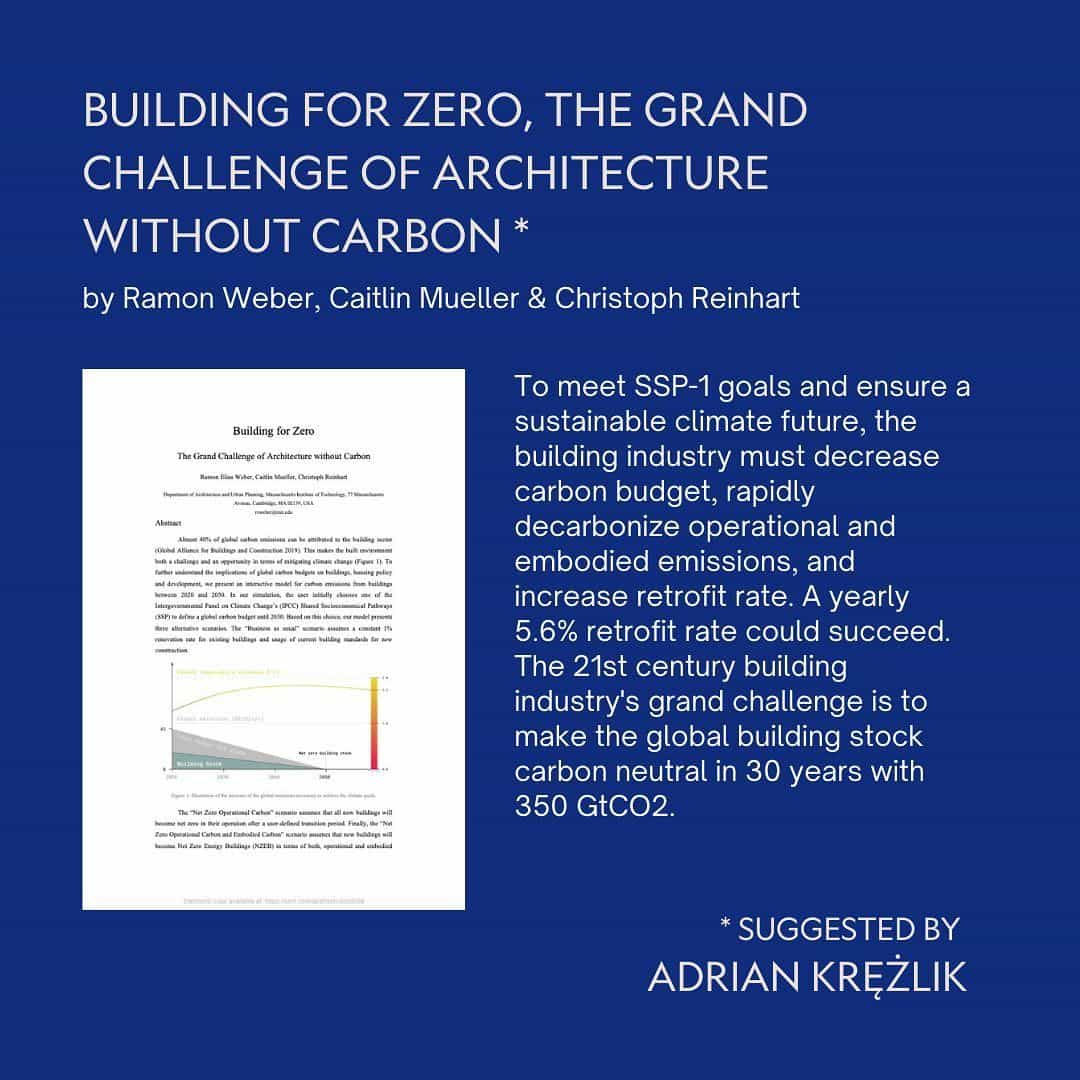
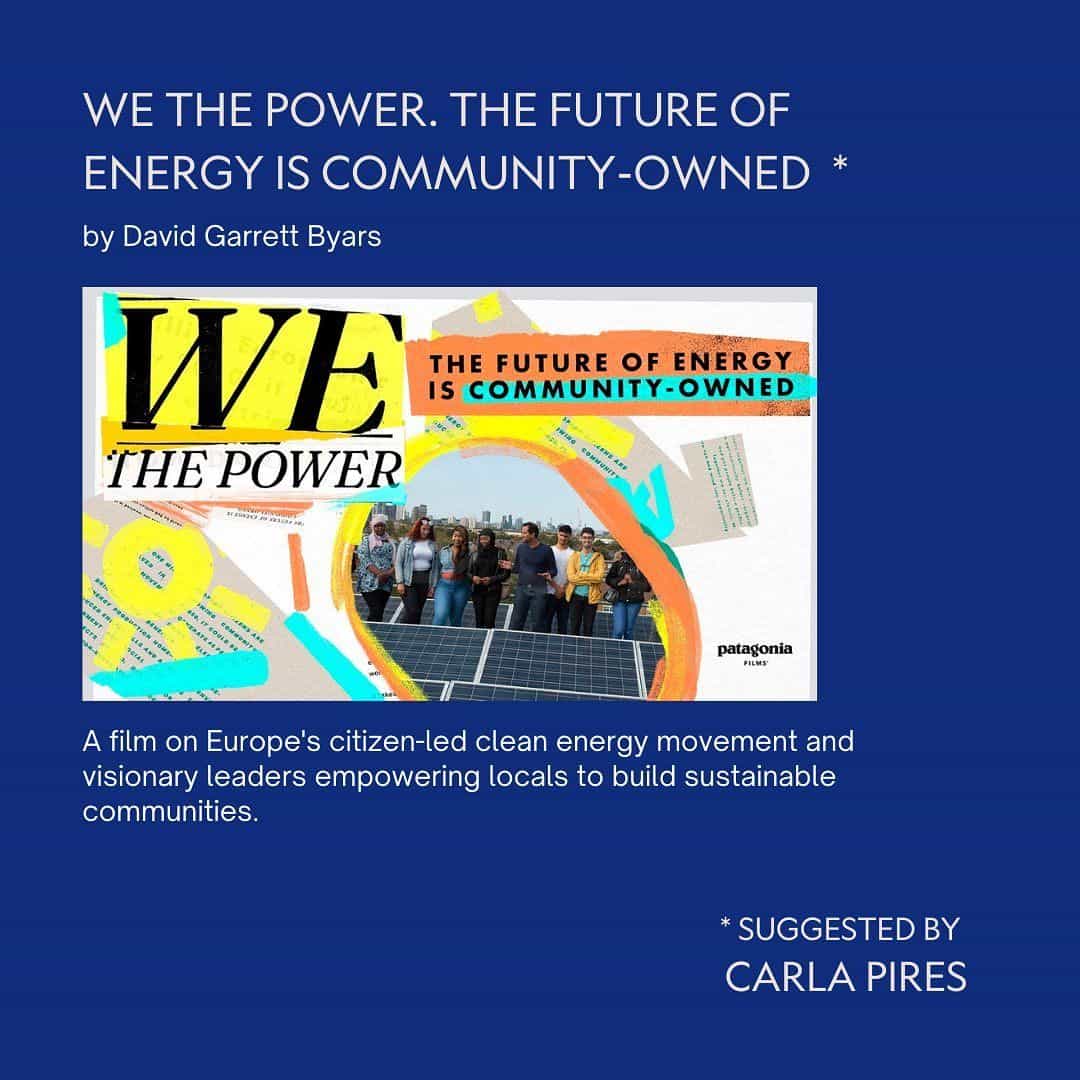
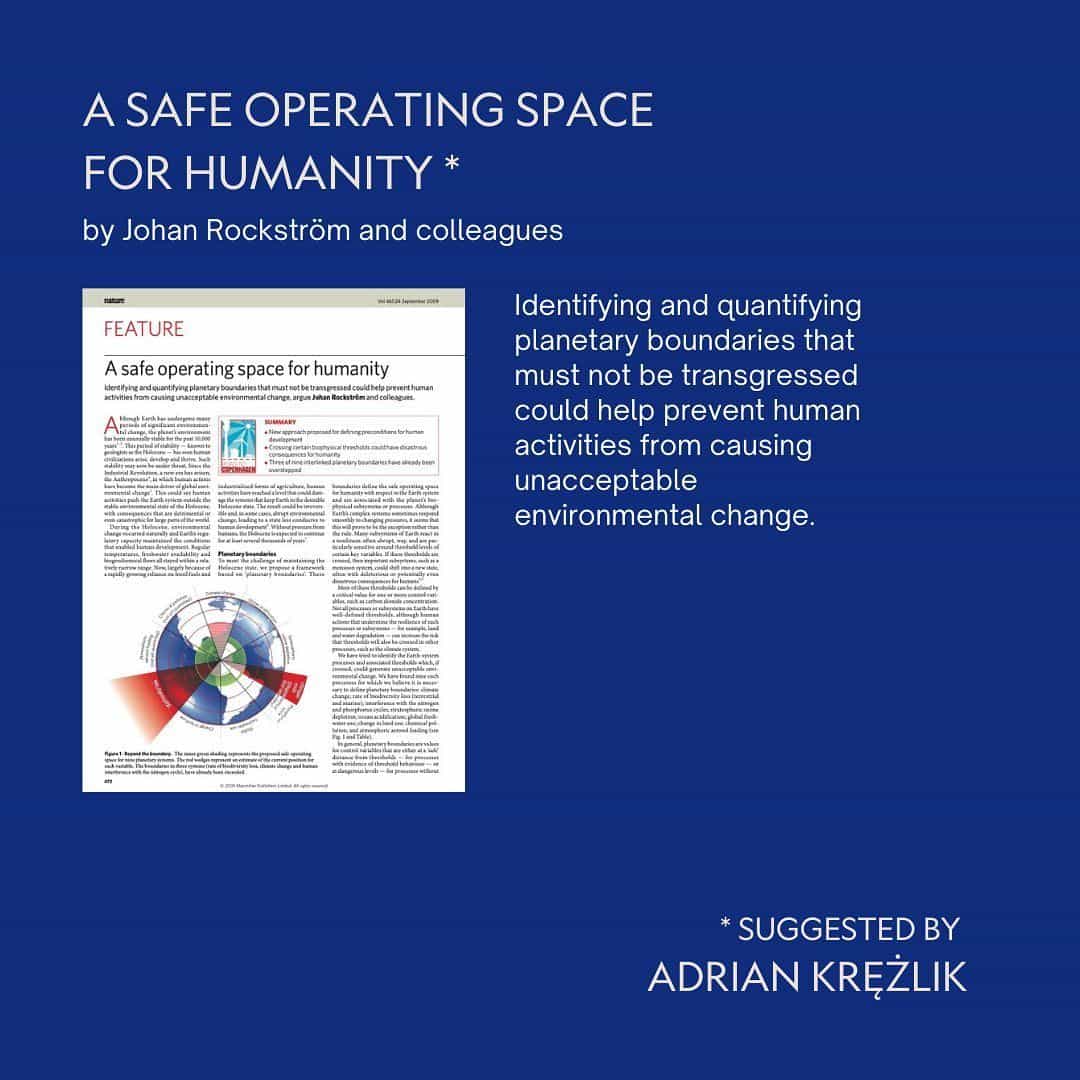
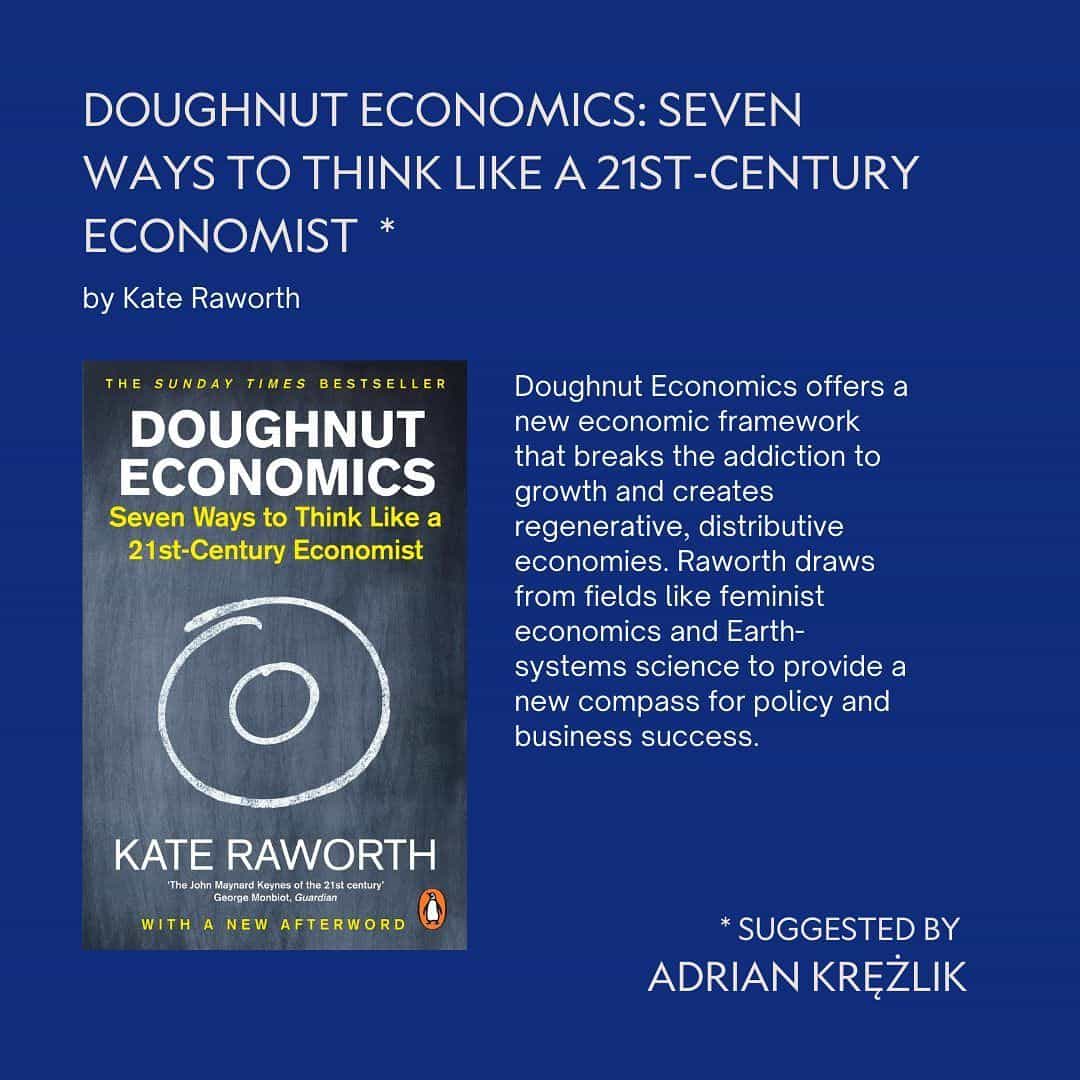

Project Drawdown is the world’s leading resource for climate solutions.
Their mission is to help the world stop climate change—as quickly, safely, and equitably as possible.
Here are the three key strategies:
Advance Effective, Science-based Climate Solutions and Strategies. We do the science no one else does to cut through the noise and find effective “whole system” solutions and strategies for stopping climate change.
Foster Bold, New Climate Leadership. We inform, inspire, and empower business leaders, investors, and philanthropists to take bold, new positions, act more strategically, and rapidly bring climate solutions to scale.
Promote New Narratives and New Voices. We work to shift the conversation about climate change from “doom and gloom” to “possibility and opportunity.” And we elevate new, underrepresented climate heroes through storytelling and “passing the mic.”

Building for zero
The Grand Challenge of Architecture without Carbon
www.buildingforzero.com
This website presents a summary of the challenges facing the building industry to achieve zero emissions. They include both a global scenario as well as a local scenario (http://embodied-and-operational-emissions/) to show the relationships between embodied and operational carbon emissions, retrofit rates and grid decarbonization.
by Ramon Weber, Prof. Caitlin Mueller and Prof. Christoph Reinhart from the
Digital Structures Group (http://digitalstructures.mit.edu/) & the Sustainable Design Lab (http://web.mit.edu/sustainabledesignlab/) at MIT

We the Power
(2020)
The film chronicles local energy cooperatives as they pave the way for a renewable-energy revolution and build healthier, more financially stable communities.
Directed by David Byars

A safe operating space for humanity
By Johan Rockström and colleagues
The article discusses the importance of identifying and quantifying planetary boundaries that should not be crossed to prevent severe environmental consequences caused by human activities. It highlights that Earth has enjoyed relative stability for the past 10,000 years, known as the Holocene, during which human civilizations thrived. However, since the Industrial Revolution, human actions have become the main driver of global environmental change, potentially pushing Earth's systems beyond the Holocene's stable state. This could result in irreversible and catastrophic environmental changes, primarily due to reliance on fossil fuels and industrialized agriculture. The article emphasizes the need to address these challenges to ensure a sustainable and conducive environment for human development.
The article discusses the importance of identifying and quantifying planetary boundaries that should not be crossed to prevent severe environmental consequences caused by human activities. It highlights that Earth has enjoyed relative stability for the past 10,000 years, known as the Holocene, during which human civilizations thrived. However, since the Industrial Revolution, human actions have become the main driver of global environmental change, potentially pushing Earth's systems beyond the Holocene's stable state. This could result in irreversible and catastrophic environmental changes, primarily due to reliance on fossil fuels and industrialized agriculture. The article emphasizes the need to address these challenges to ensure a sustainable and conducive environment for human development.

Doughnut Economics
by Kate Raworth
The Doughnut is a visionary concept for humanity's thriving in the 21st century, explored in "Doughnut Economics." Created by Kate Raworth in 2012, it gained international recognition, from the Pope to the UN General Assembly and Extinction Rebellion. Her 2017 book, "Doughnut Economics: seven ways to think like a 21st-century economist," delves into the necessary economic mindset. It synthesizes diverse economic perspectives in an accessible manner. A 2018 TED talk summarizes the book's core messages, offering a glimpse into how humanity can align with the Doughnut concept for sustainable prosperity. You can read Chapter One for more insights.
More info: https://doughnuteconomics.org/about-doughnut-economics
